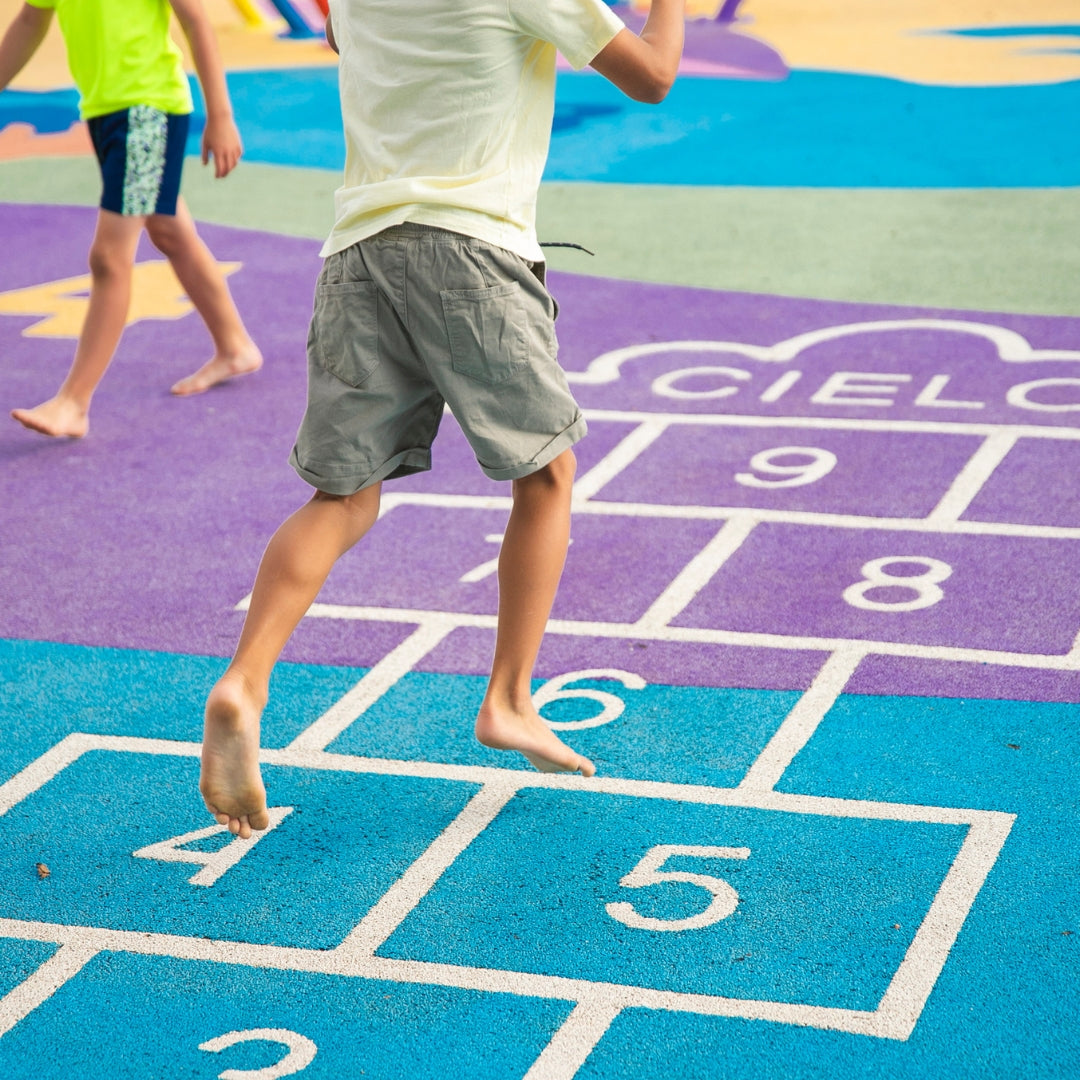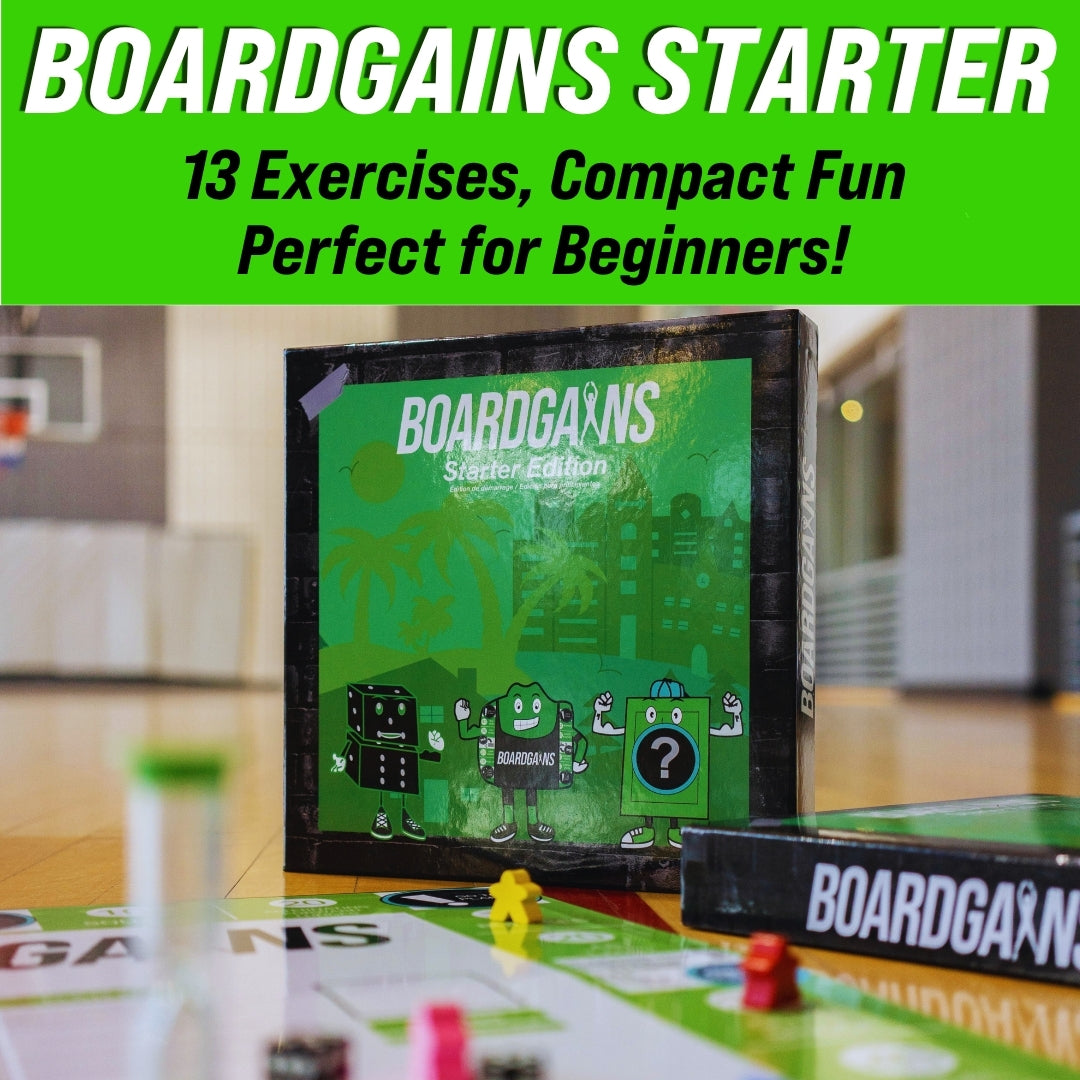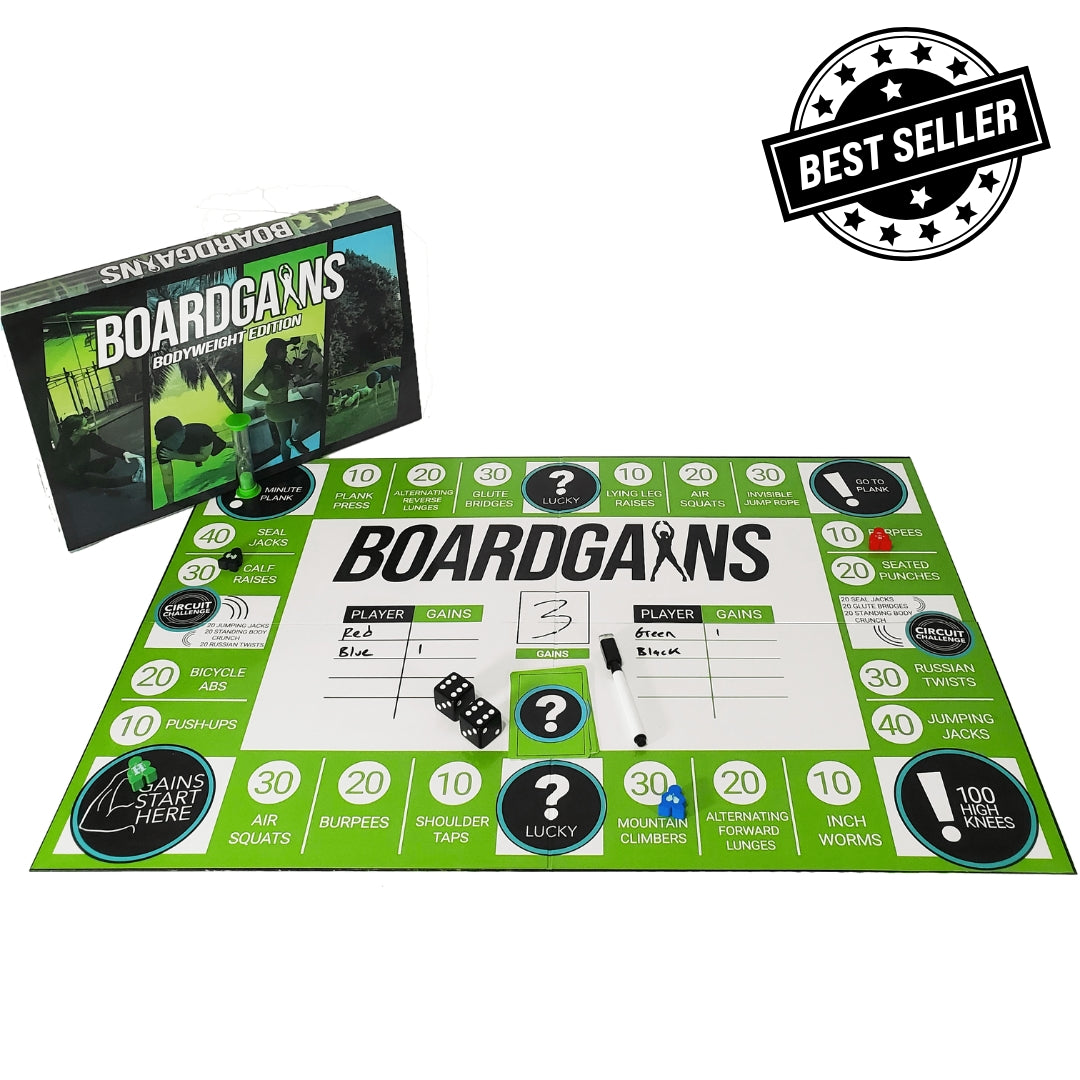Back-to-School PE: Active Kids Learn Better
Introduction: Why Back-to-School PE Matters
When a new school year begins, kids face fresh schedules, new classes, and plenty of sitting. That’s where physical education (PE) plays a vital role. Back-to-School PE isn’t just about sports or exercise—it’s about nurturing the whole child. Active kids show better health, sharper thinking, improved mood, and stronger social connections. In short, when students move more, they learn better.
The Holistic Benefits of Physical Education
Physical Health: Stronger Bodies and Better Posture
PE helps children strengthen their muscles, bones, and cardiovascular system. Activities like running, cycling, and stretching improve endurance and flexibility, while posture exercises reduce back pain caused by long hours of sitting.
Mental Well-Being: Reducing Stress and Boosting Mood
Regular exercise stimulates the release of endorphins, lowering stress and anxiety. This creates a more positive school experience, especially for students adjusting to the pressures of a new academic year.
Cognitive Skills: Focus, Memory, and Problem-Solving
Studies show that active students display sharper concentration and memory. A quick PE session can re-energize the brain, making it easier for children to absorb new lessons and solve problems creatively.
Social Development: Teamwork and Communication
PE classes encourage collaboration, leadership, and empathy. Through games and group activities, students learn to cooperate, resolve conflicts, and support one another.
How Teachers Can Make PE Fun and Effective
Offering Variety: Games, Dance, and Relaxation
Children thrive on variety. Teachers can combine team sports, dance routines, yoga, and mindfulness activities to make PE engaging for everyone.
Movement Breaks to Recharge Minds
Even outside PE classes, short 2–3-minute activity breaks—like stretching, squats, or jumping jacks—can help students refocus during long lessons.
Goal Setting to Motivate Students
Encouraging kids to set personal fitness goals (like running a lap faster or mastering a new dance step) helps them stay motivated and confident.
Innovative PE Ideas: BoardGains in Action
How BoardGains Works in the Gym
BoardGains turns PE into a game-based workout. Teachers set up stations around the gym, each linked to a team. Students roll dice to move across the “board” and complete exercises as a team.
Adapting Activities for All Fitness Levels
One strength of BoardGains is flexibility—students can do wall push-ups instead of floor push-ups, half burpee instead of full burpee. This ensures inclusivity.
Why Daily Movement Matters (CDC Guidelines)
The 60-Minute Rule for Ages 6–17
According to the CDC, children should engage in at least 60 minutes of moderate-to-vigorous physical activity daily. This can be split across school, recess, and after-school play.
Long-Term Health Benefits of Daily Exercise
Active students maintain lower body fat, stronger bones, and healthier hearts. These habits reduce the risk of obesity, diabetes, and other chronic conditions.
Academic and Emotional Advantages of Active Kids
Physical activity is linked to higher test scores, improved memory, and reduced depression symptoms. It’s a win for both body and brain.
Beyond Sports: Life Skills Learned in PE
Building Resilience and Self-Discipline
PE challenges students to push limits and build mental toughness. Overcoming failures—like losing a game or missing a shot—teaches resilience.
Learning Leadership and Peer Support
Group activities encourage students to take on leadership roles, cheer for classmates, and learn the value of cooperation.
Engaging Brains and Bodies Together
Learning Through Movement (Math, Spelling, Memory)
PE can blend academics with activity. For instance, spelling words while doing squats or solving math problems during balance exercises makes learning interactive.
Circuit-Style PE with BoardGains
Rotating through balance, strength, and coordination stations keeps kids active while ensuring a full-body workout.
Inclusive Activities for All Abilities
Providing modified versions of each exercise ensures every child participates, regardless of fitness level or ability.
Extending PE Benefits at Home
Active Homework Breaks for Better Focus
Parents can encourage short movement breaks—like stretching or dancing—between homework sessions to refresh the mind.
Family Fitness: Walks, Rides, and Games
Evening family walks or bike rides promote bonding while ensuring kids meet their daily activity goals.
Children Leading BoardGains at Home
Letting kids lead a BoardGains session at home empowers them and reinforces what they learned in school.
FAQs About Back-to-School PE
Q1: Why is PE important for learning?
PE improves concentration, memory, and problem-solving, all of which boost academic performance.
Q2: How much physical activity do kids need daily?
Children ages 6–17 need at least 60 minutes of activity daily, according to the CDC.
Q3: What if a child doesn’t like traditional sports?
PE isn’t just about sports—options like dance, yoga, or circuit games keep kids engaged.
Q4: How can parents encourage more movement at home?
Encourage active homework breaks, family walks, and fun fitness games.
Q5: What life skills are taught in PE?
Students learn teamwork, resilience, communication, leadership, and goal setting.
Q6: How can teachers keep PE inclusive for all students?
By offering exercise variations and student choice, ensuring everyone can participate confidently.
Conclusion: Building Lifelong Healthy Habits
Back-to-School PE is more than just a class—it’s a foundation for lifelong health, learning, and confidence. By blending physical activity with academics and social skills, schools and families can ensure that kids don’t just sit and study but move, grow, and thrive.
For more on youth physical activity guidelines, visit the CDC’s official recommendations










Leave a comment
This site is protected by hCaptcha and the hCaptcha Privacy Policy and Terms of Service apply.